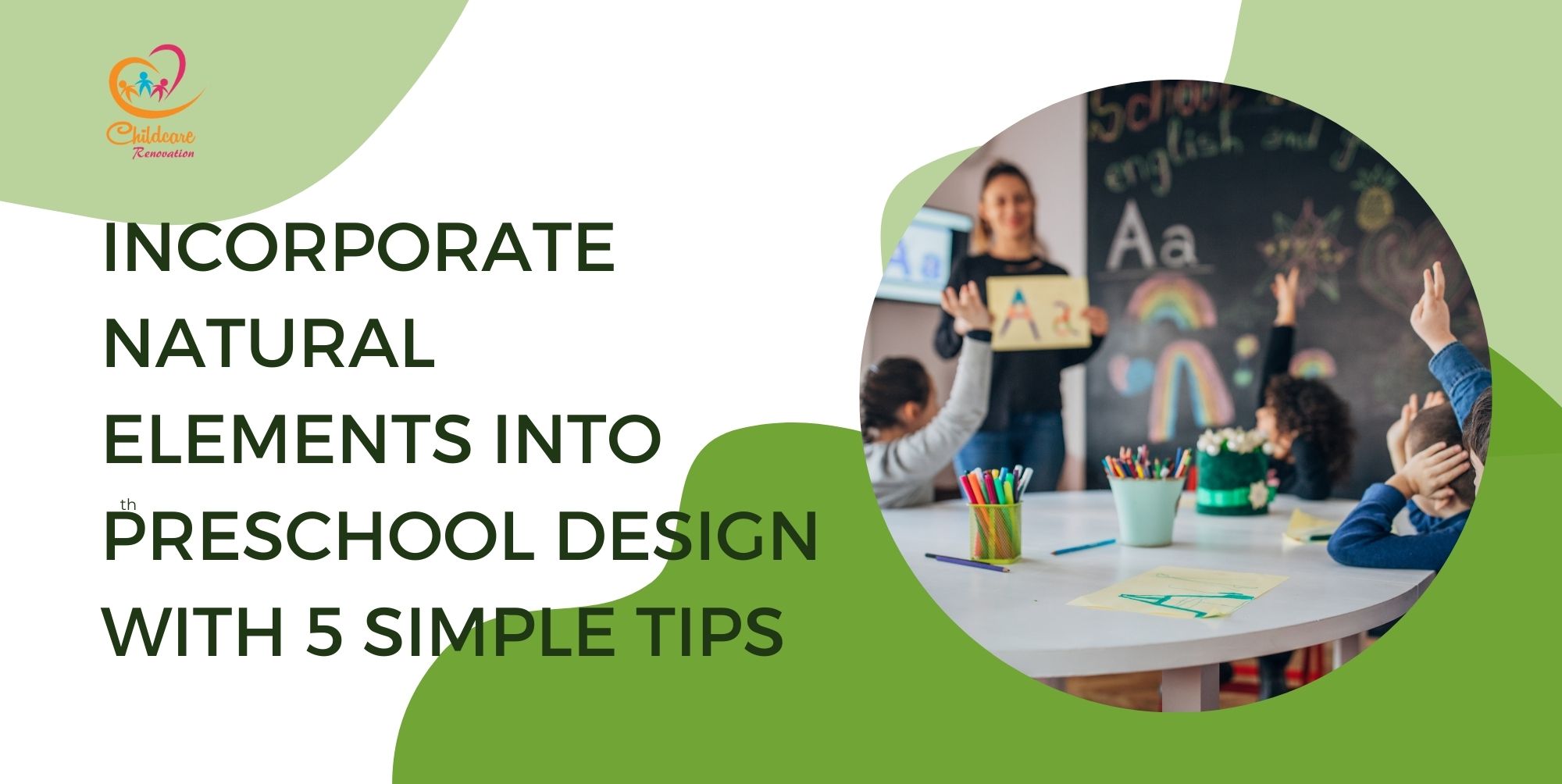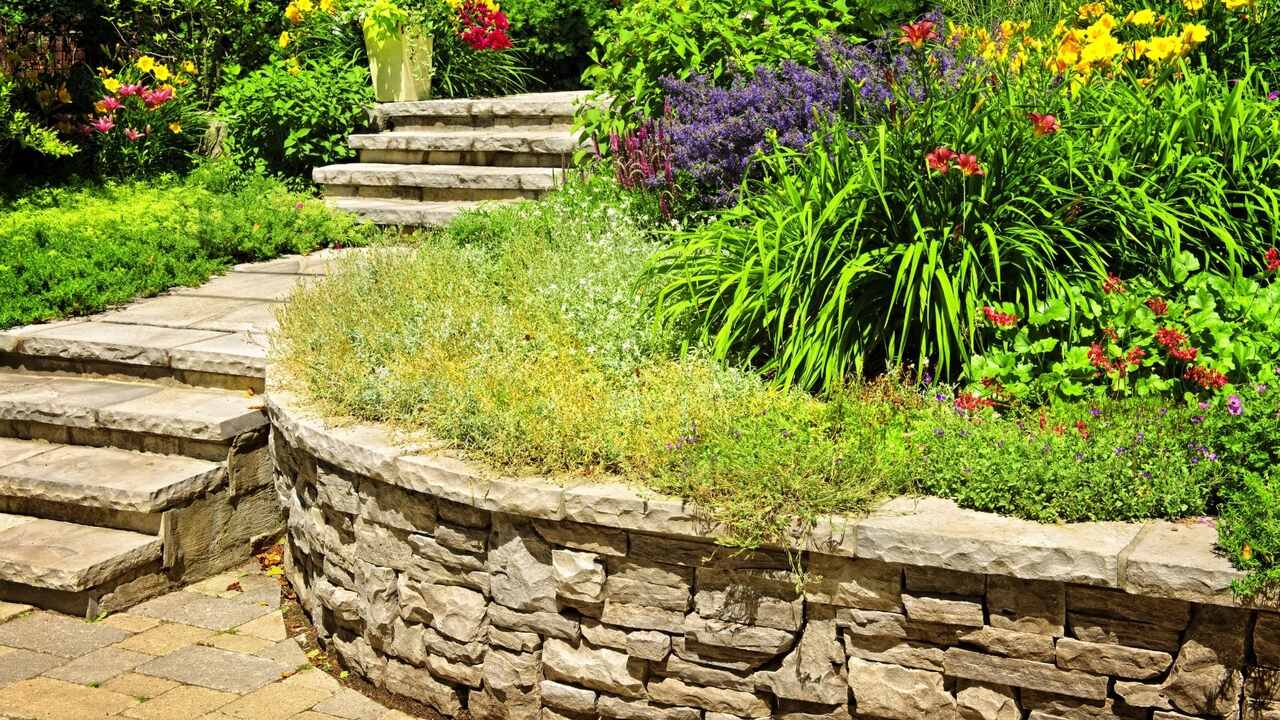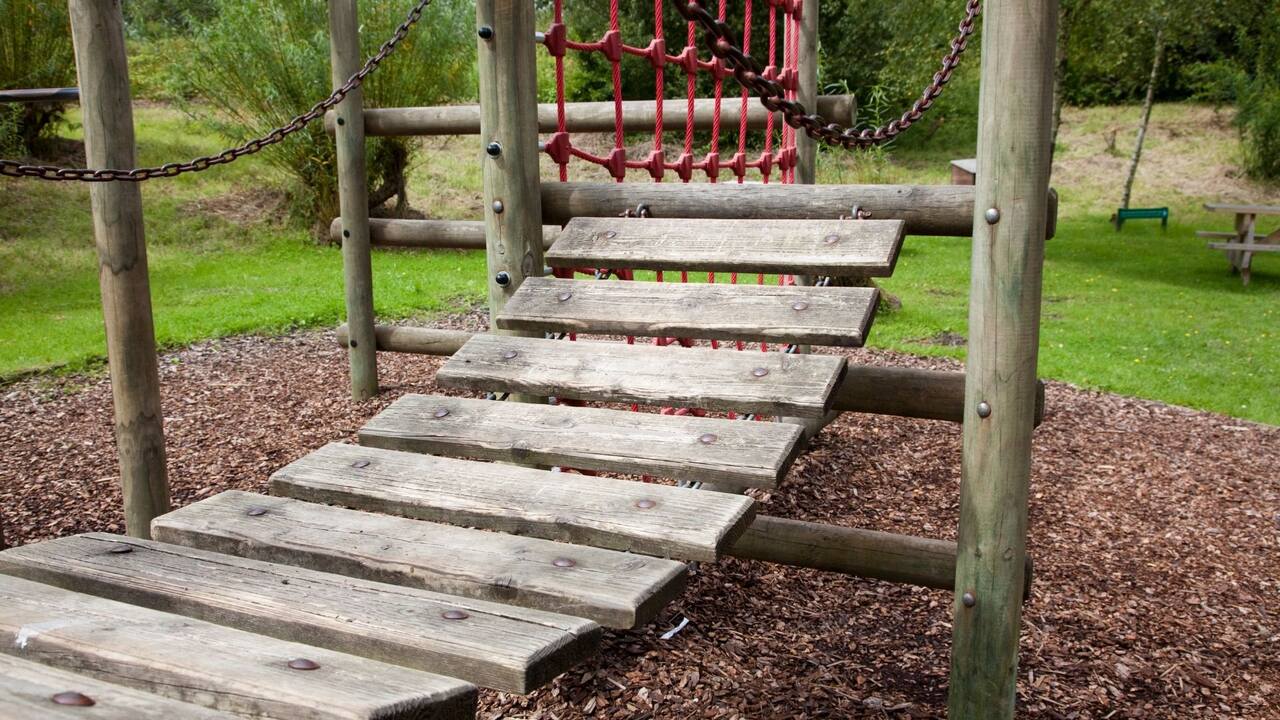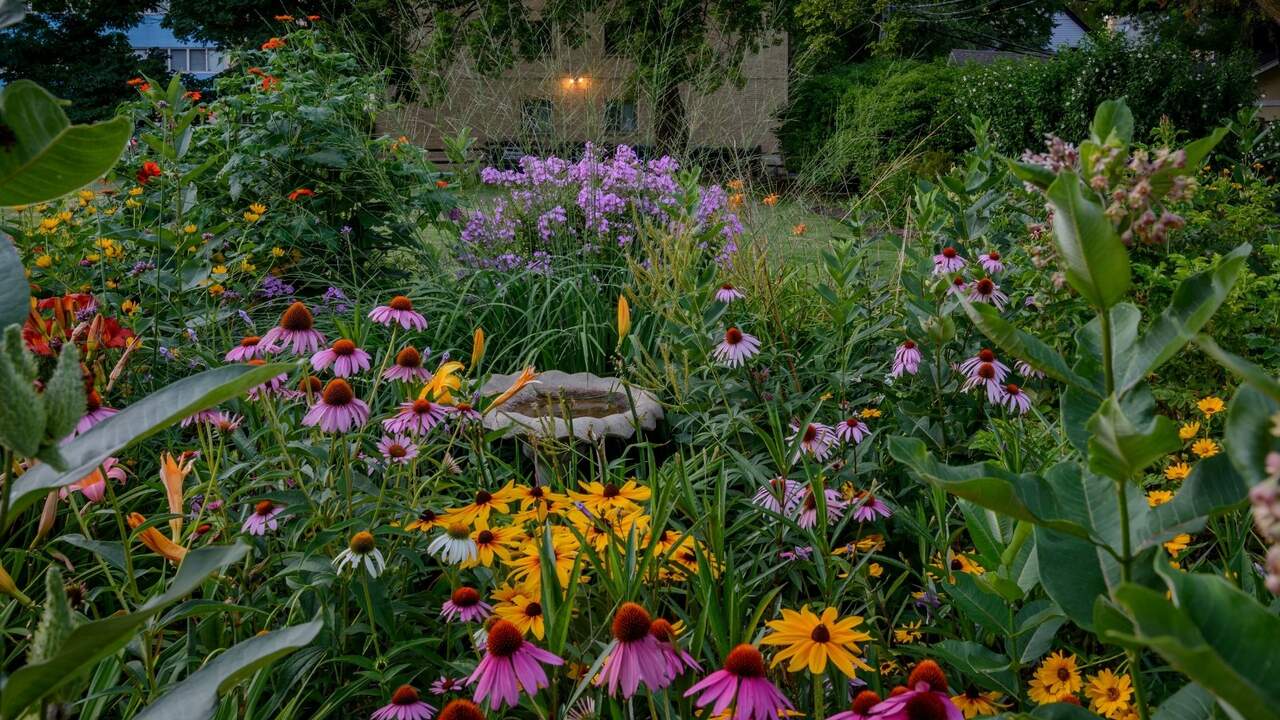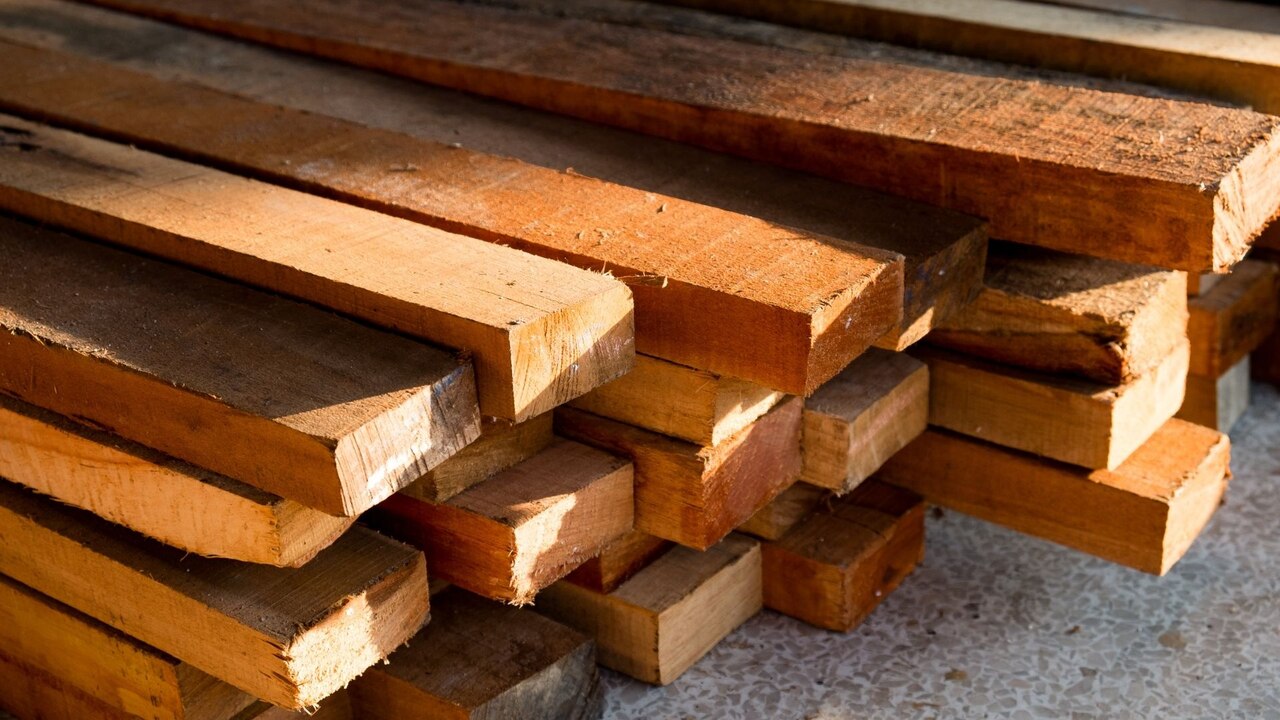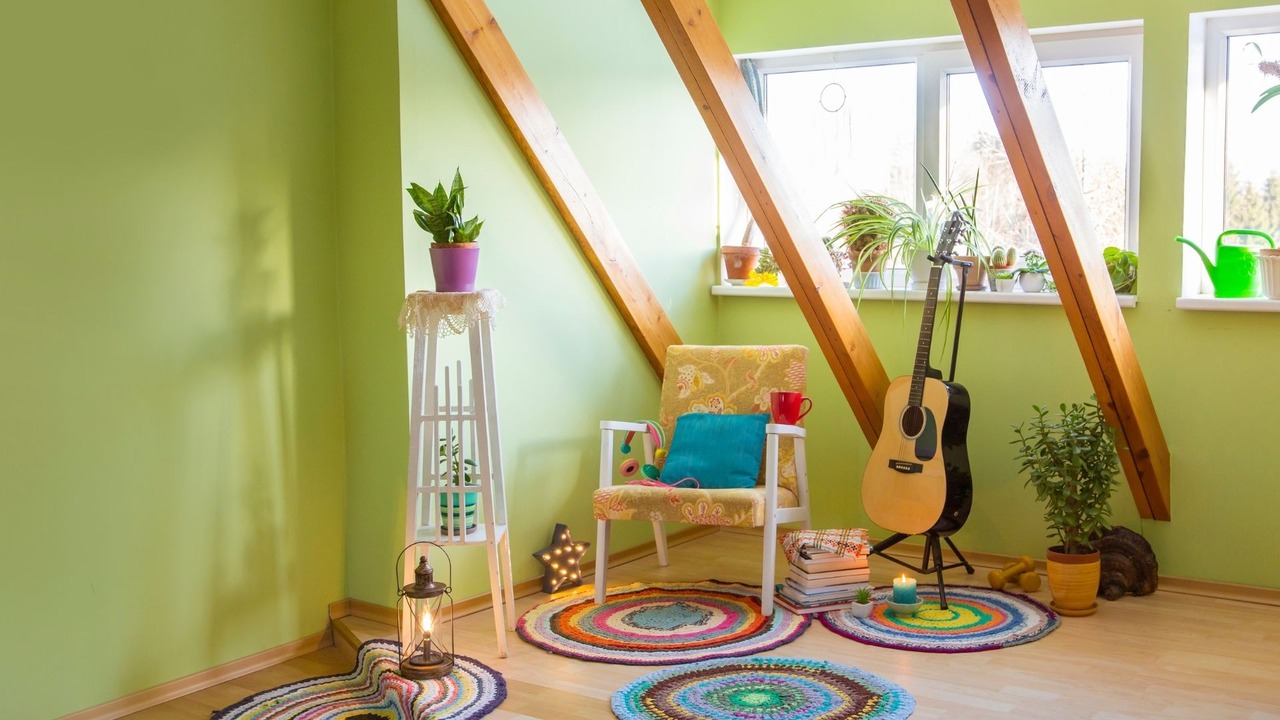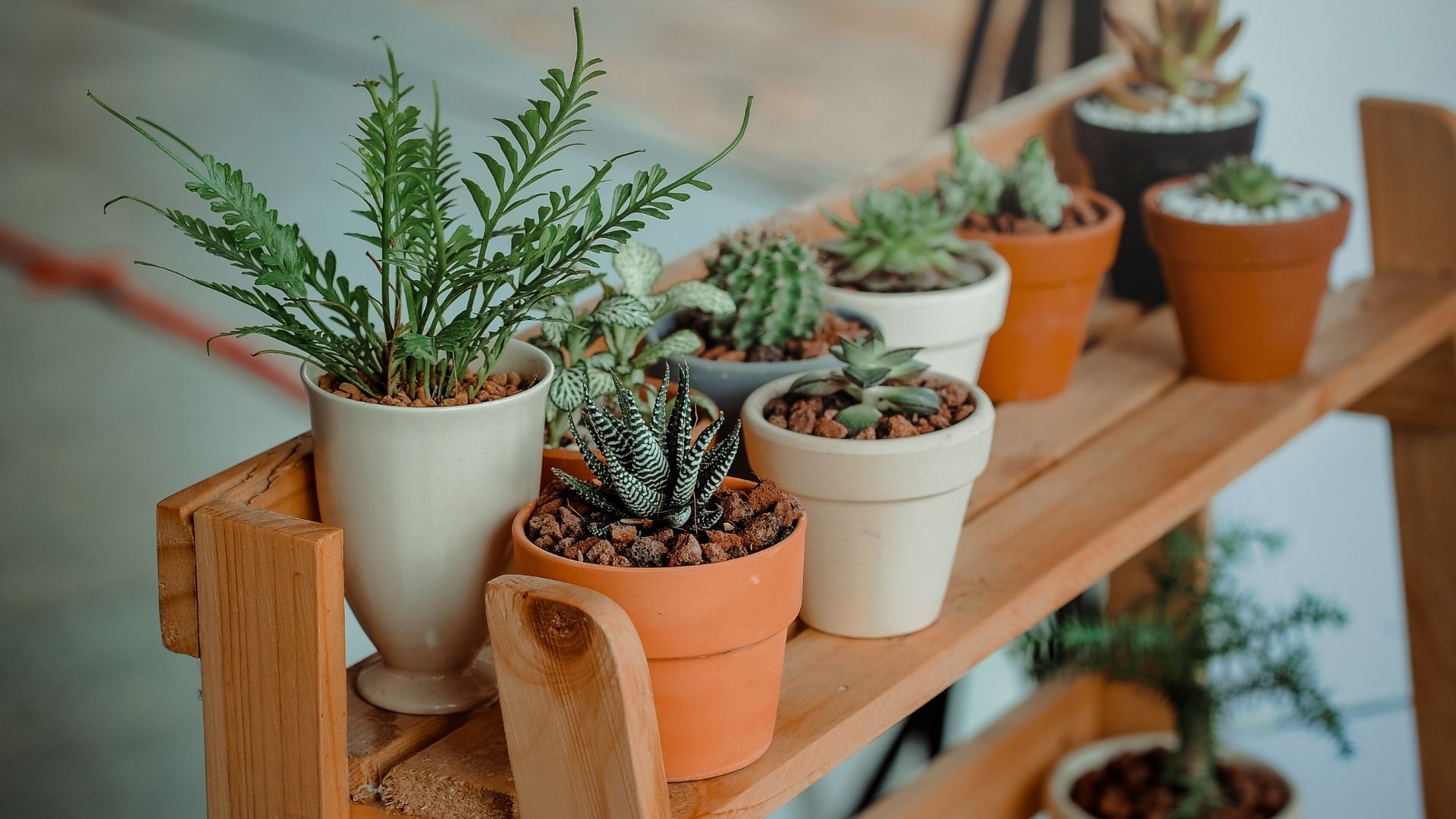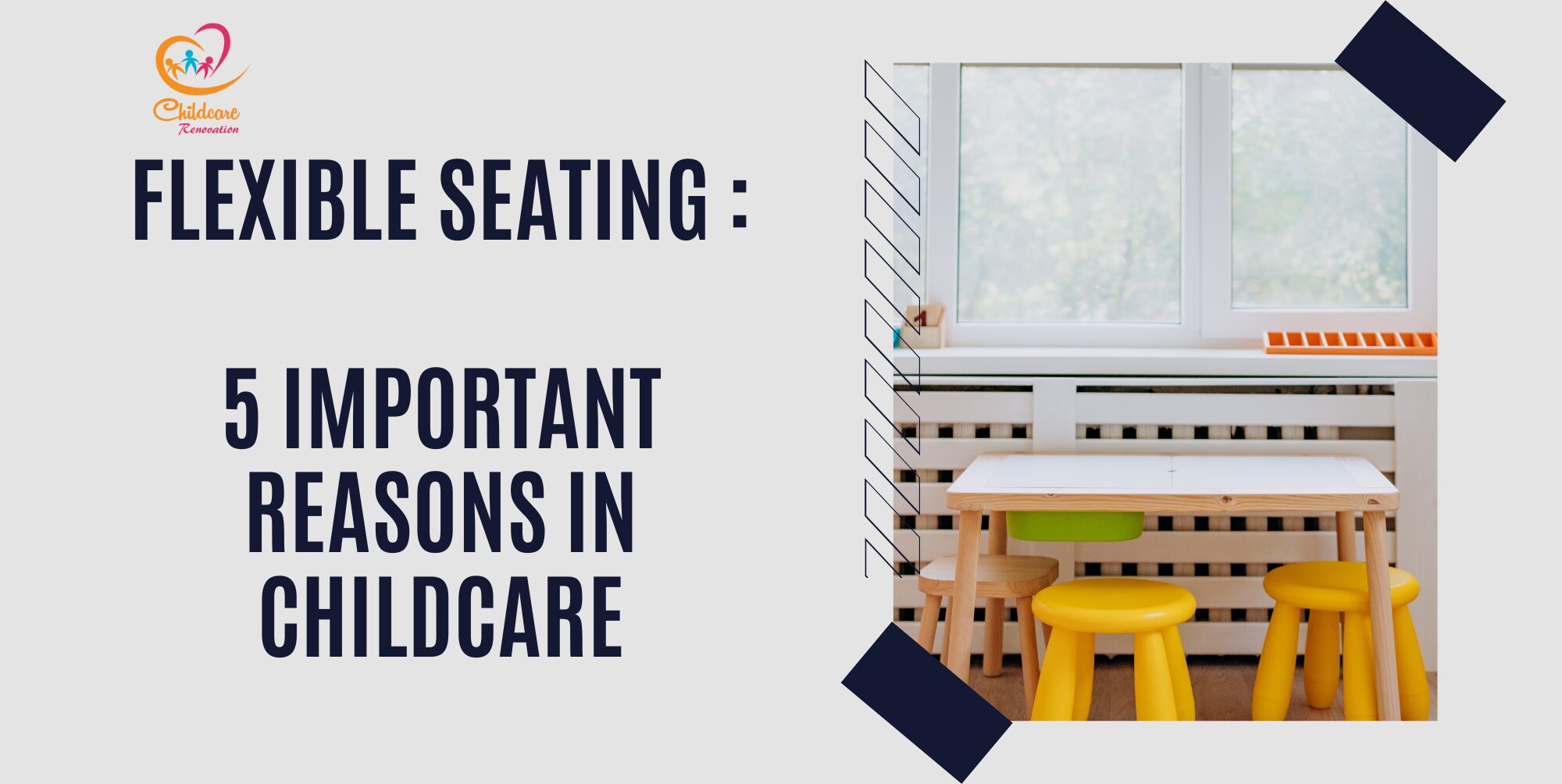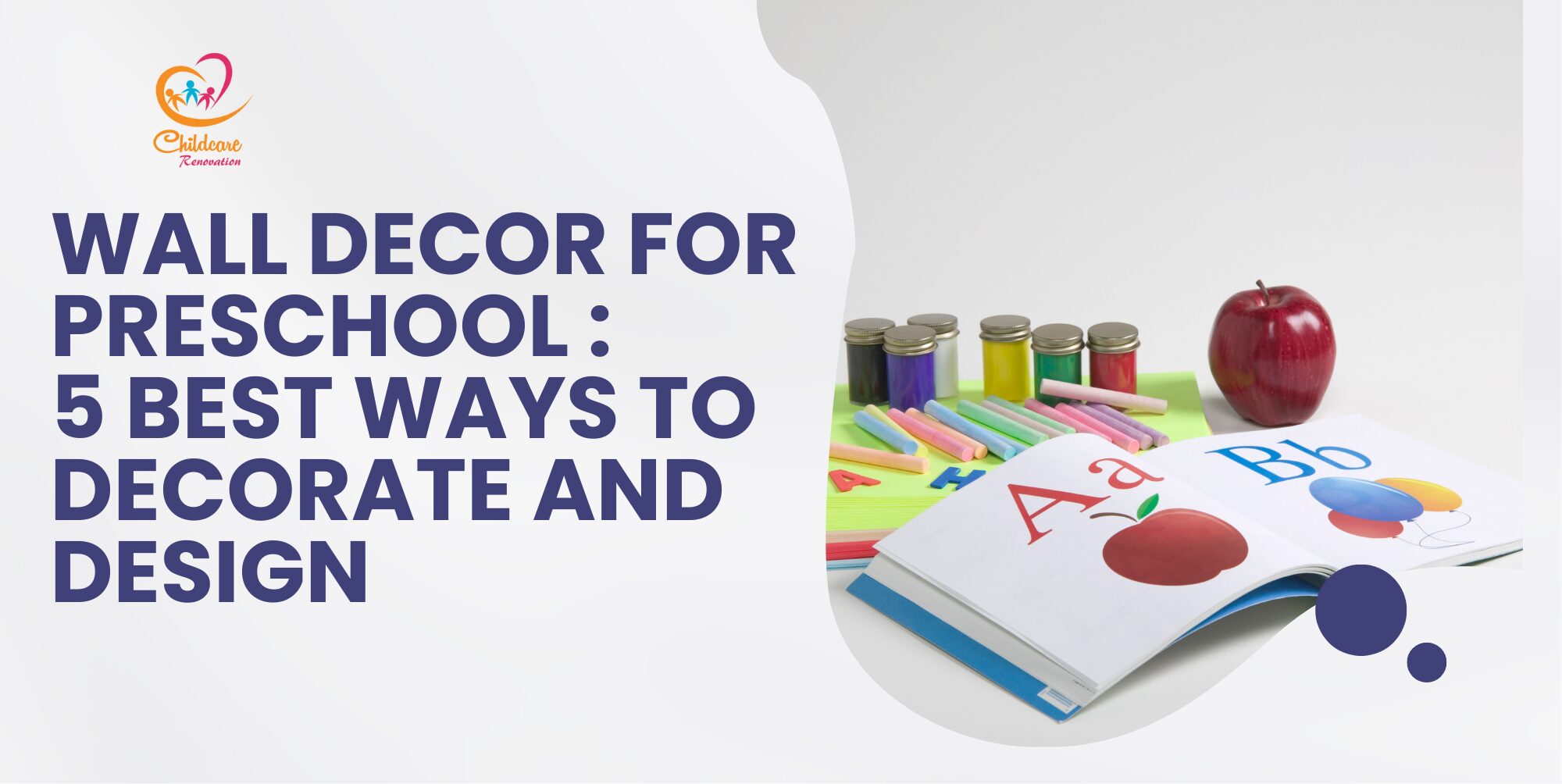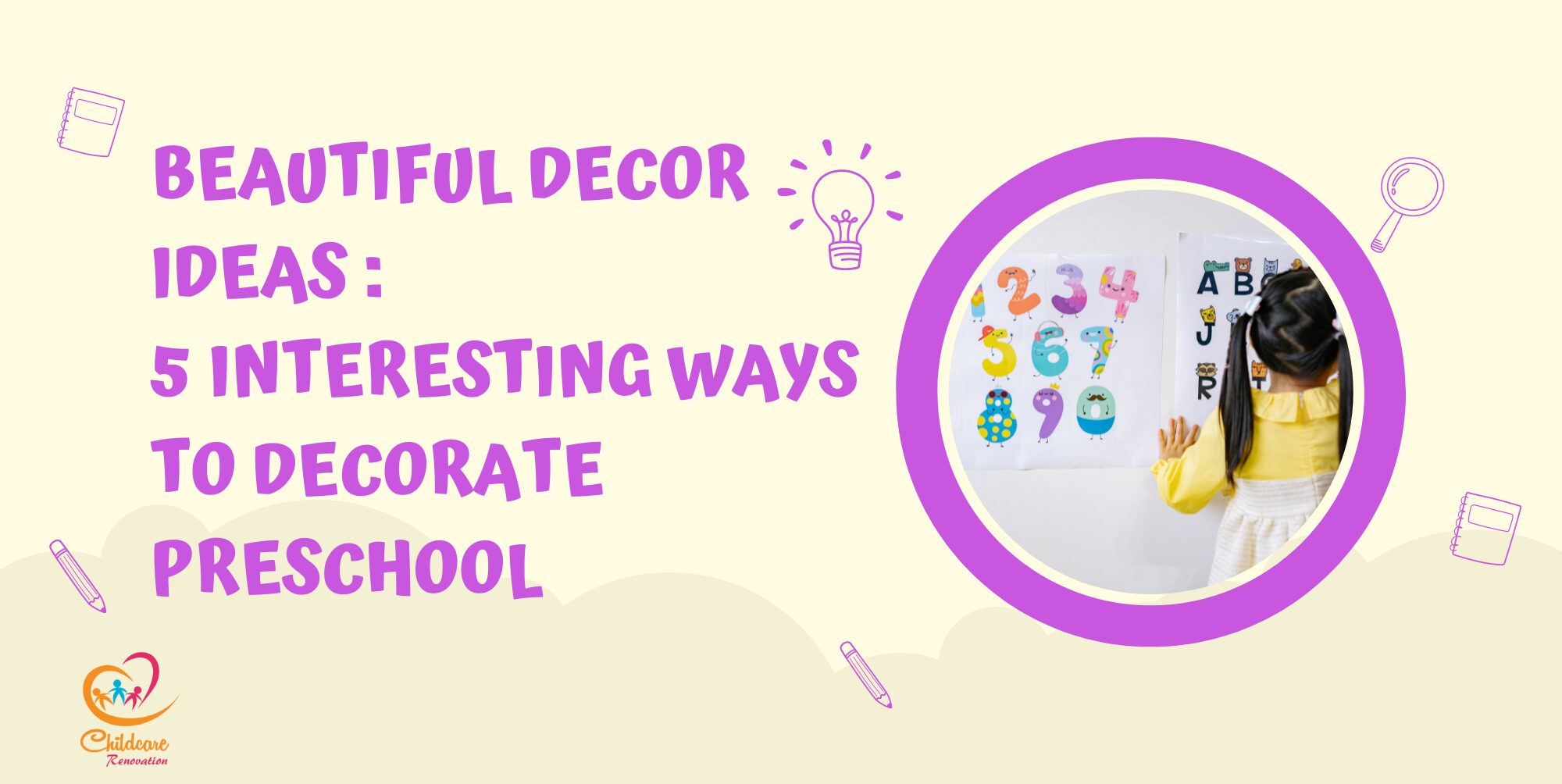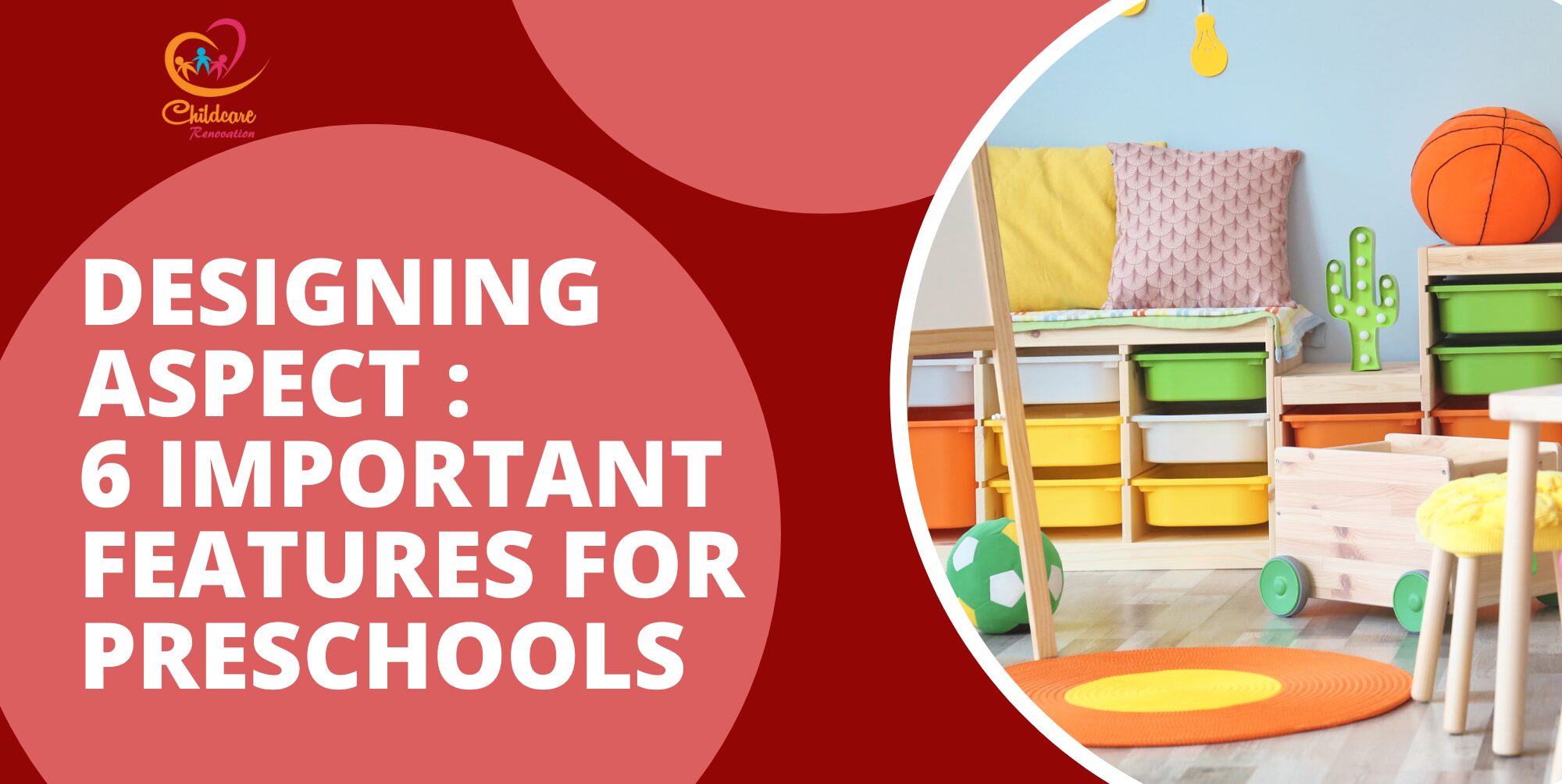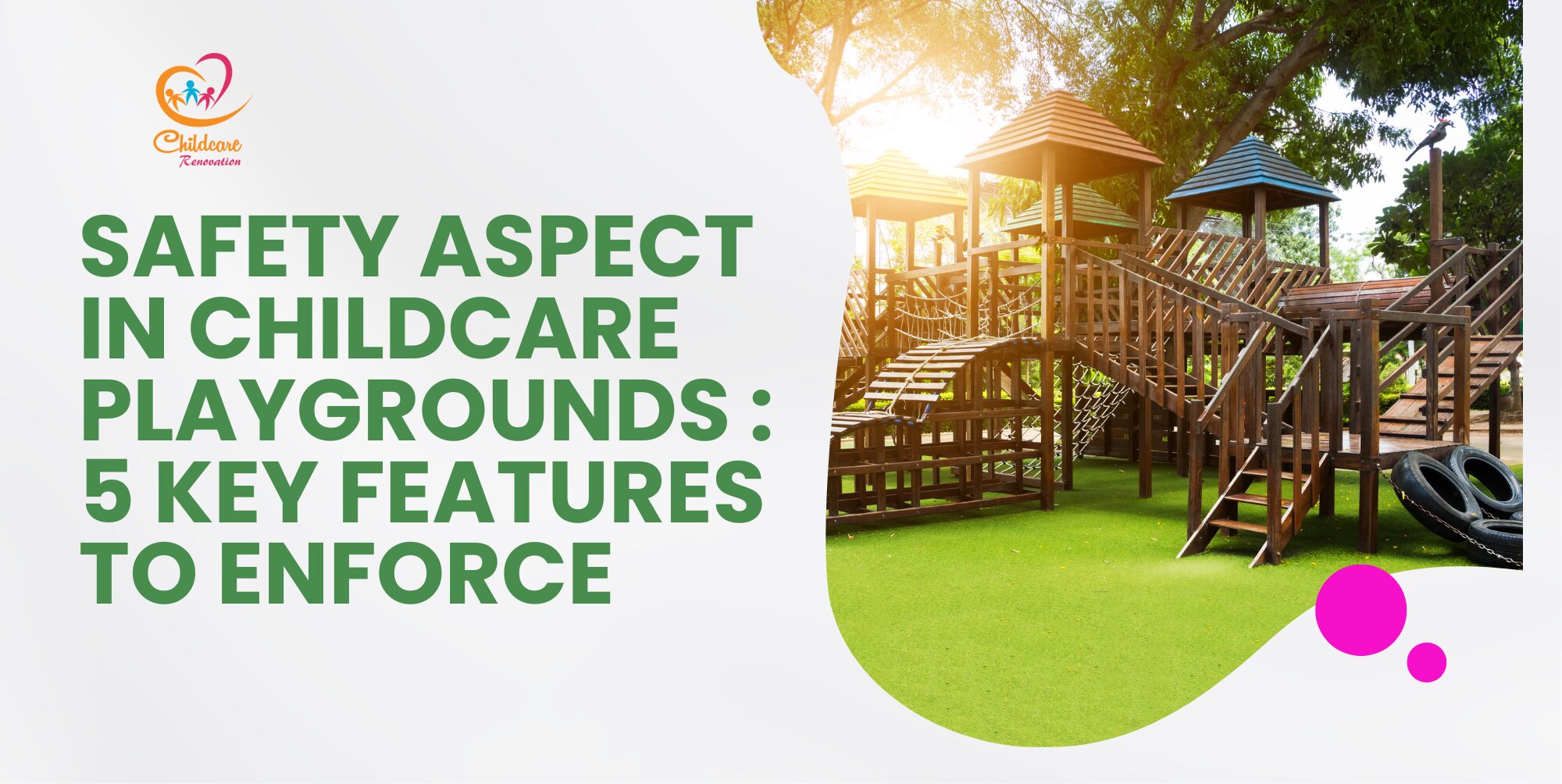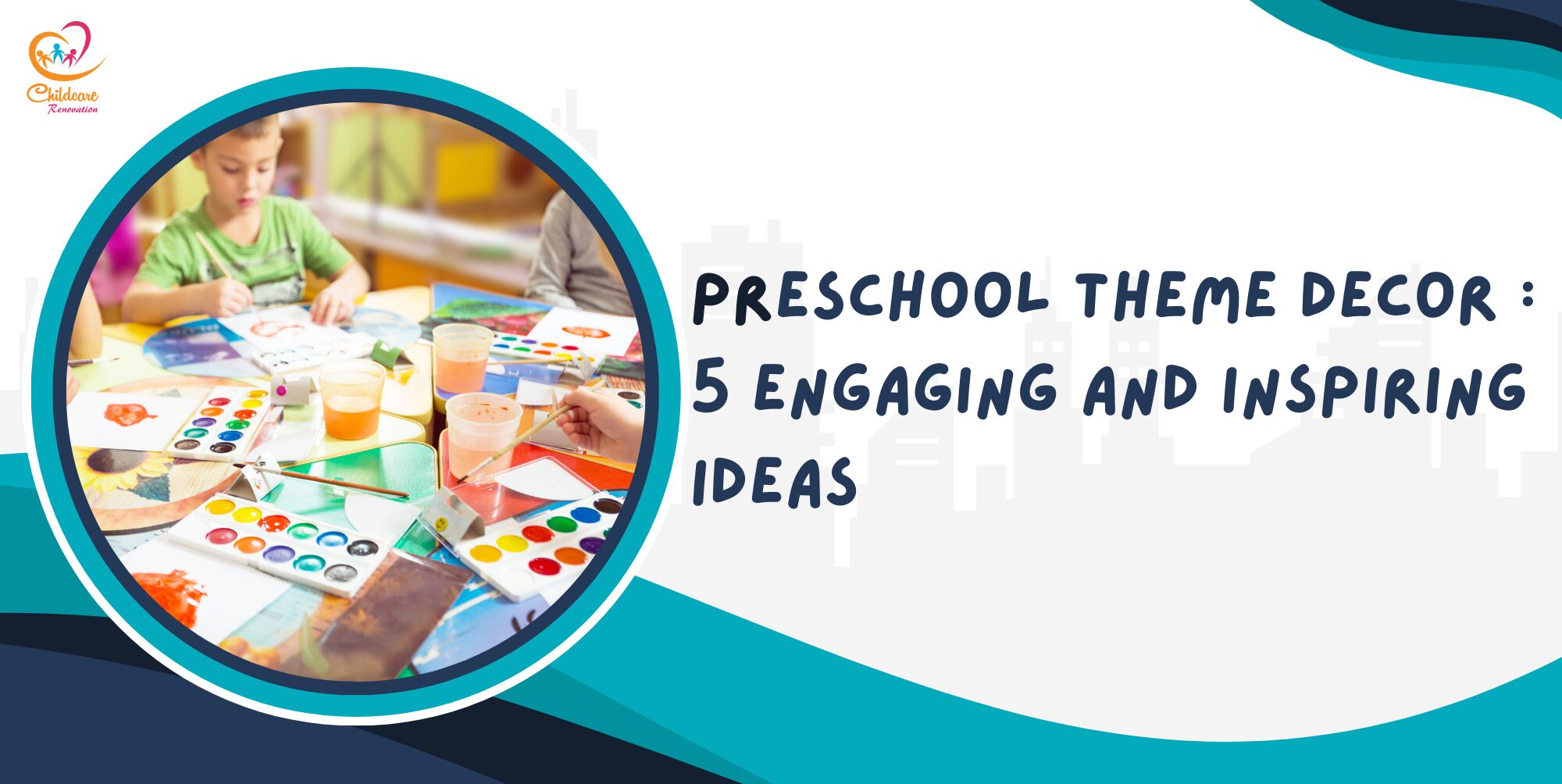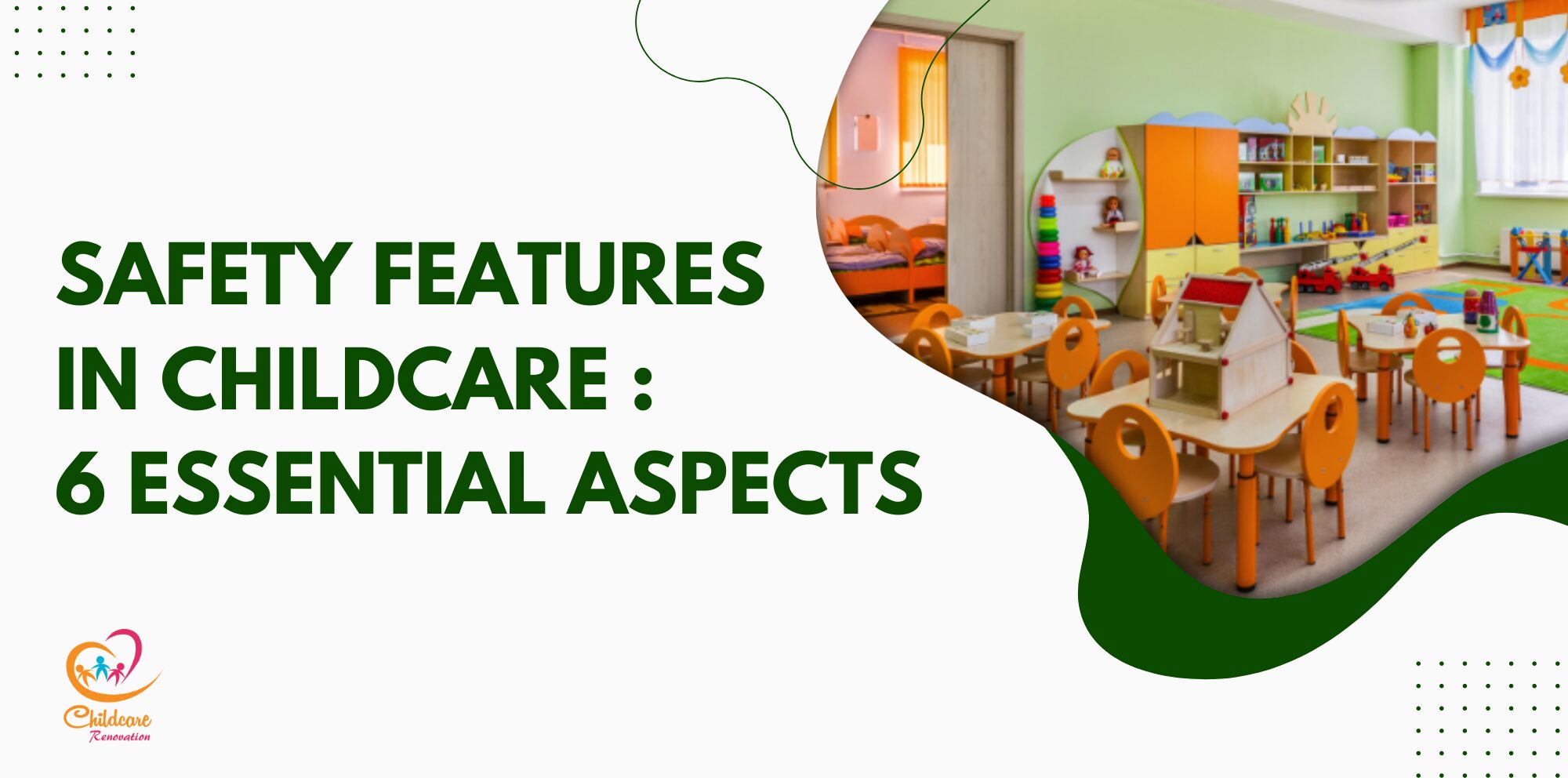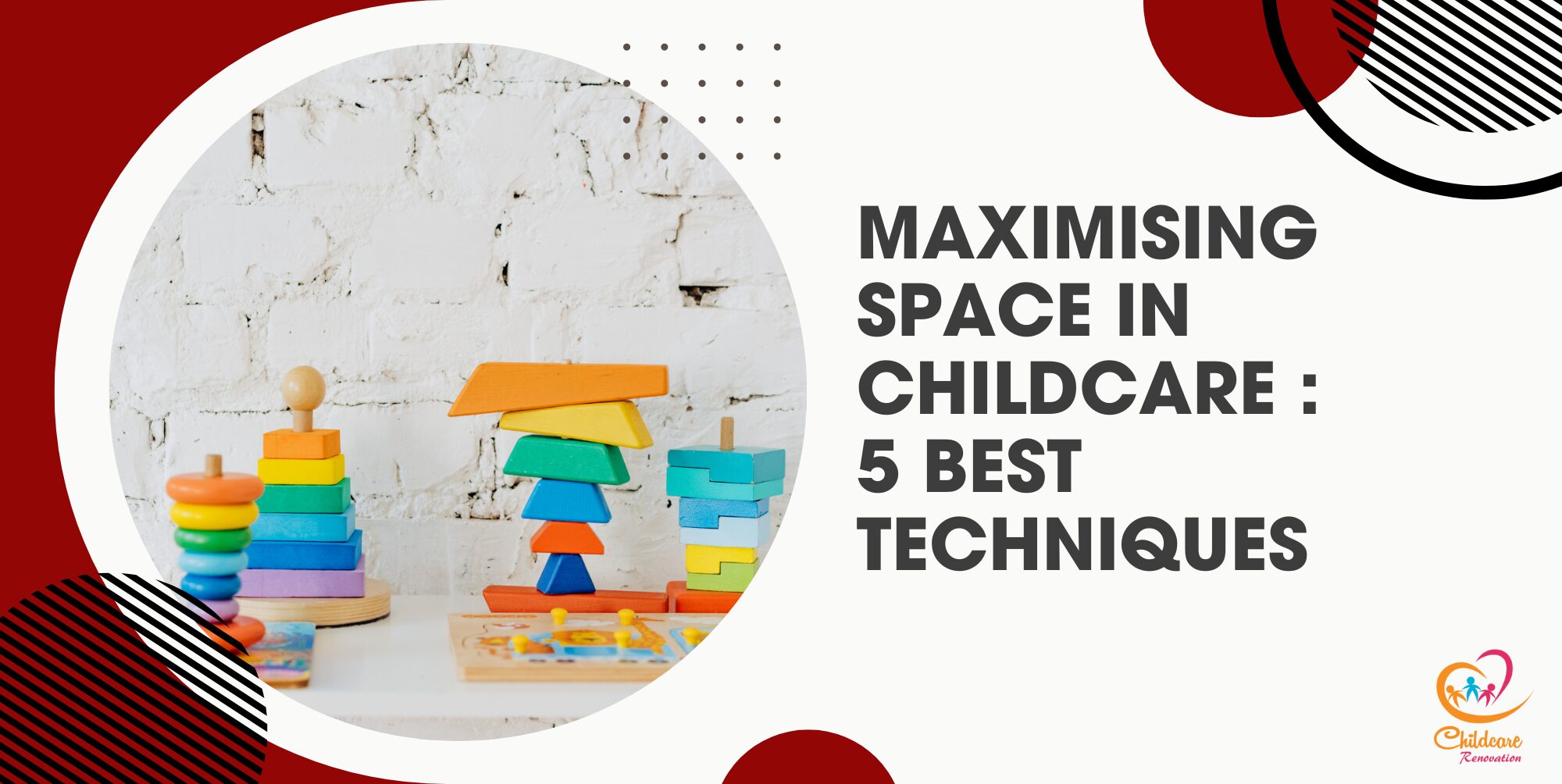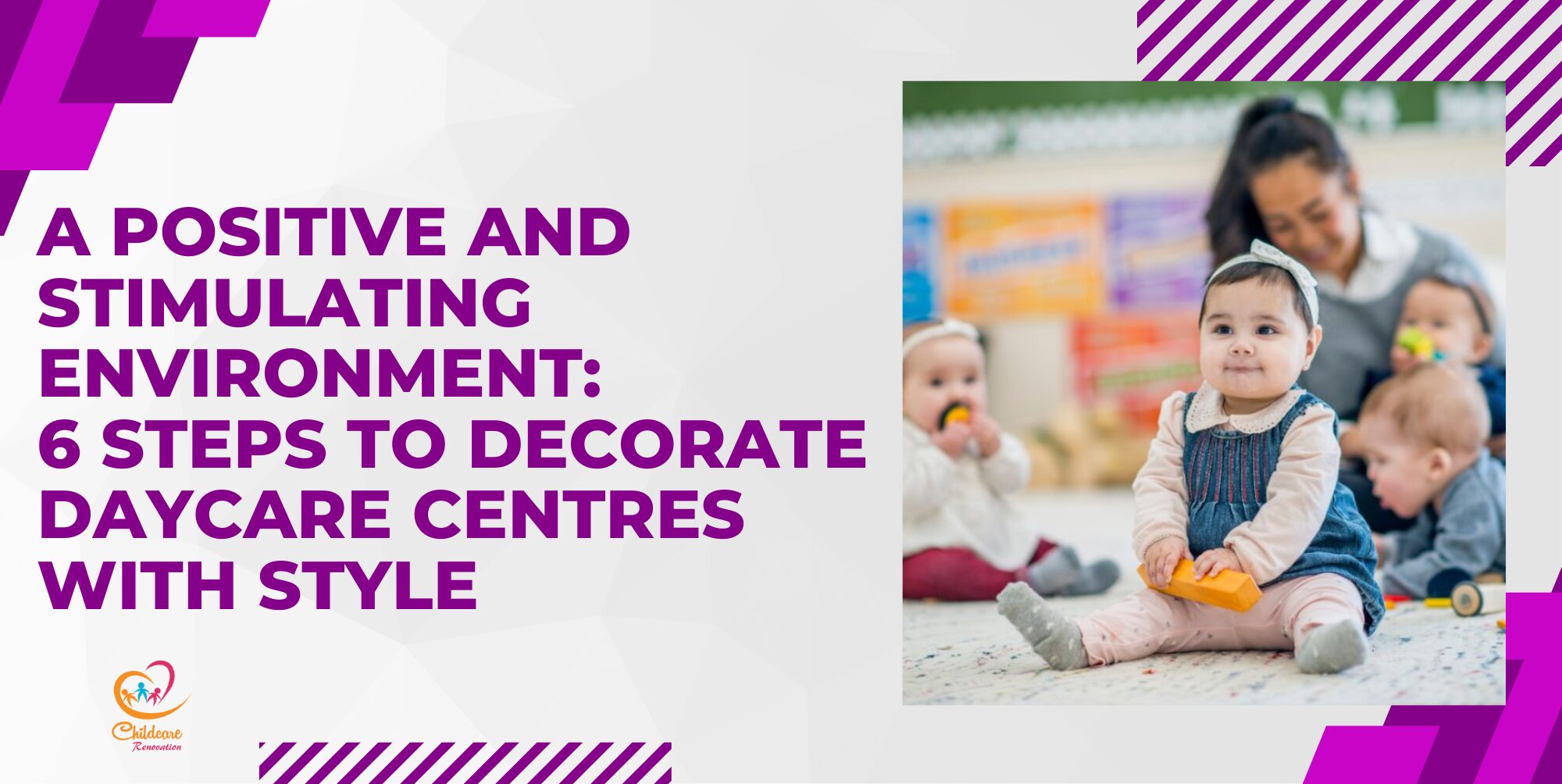Preschool is not merely a place where children learn the ABCs and 123s. It is also a place where the seed of curiosity, creativity, and a lifelong love for learning are sown. Children are like sponges, and they absorb knowledge and experience at an astonishing rate. The preschool design plays an important part. One trend that is gaining popularity is incorporating nature elements in preschool design. It elevates preschool design to new heights.
Incorporating nature elements into preschool design is a concept that has gained significant traction in recent years. This approach aligns with our understanding of the natural world’s profound impact on human beings, especially during the crucial early years of development. It goes beyond creating a visually appealing environment. It involves nurturing a deep connection between children and the world around them.
Imagine children interacting with all these natural elements and how it benefits them. In this article, we will check out some tips on incorporating all these natural elements into your preschool design.
Benefits Of Incorporating Natural Elements Into Preschool Design
Incorporating natural elements into various aspects of our lives, including our living spaces and educational environments, offers many benefits. Nature elements have a calming and soothing effect on an individual. It can enhance well-being.
Besides, exposure to nature has been linked to improved cognitive function, including enhanced problem-solving skills, creativity, and critical thinking. This is especially beneficial for young children in educational settings.
Incorporating natural elements can also encourage physical activity. Preschools and educational spaces with natural elements often provide opportunities for children to engage in outdoor activities, reducing the risk of obesity and promoting overall physical health.
Another benefit is that introducing children to nature from a young age fosters a stronger connection to the environment. This can lead to a greater sense of responsibility and sustainability in later life as children learn to appreciate and protect the natural world.
Natural settings can also significantly reduce stress levels. This is particularly valuable in education settings, where children may experience occasional anxiety. Nature elements offer a natural remedy for stress.
Incorporate Natural Elements Into Preschool Design #1 – Designing Natural Play Areas
Designing natural preschool play areas is a wonderful way to create engaging, educational, and enjoyable spaces for young children. These areas provide a unique opportunity for kids to connect with nature and develop essential skills through play.
Natural play areas should feature a variety of natural elements such as trees, shrubs, and rocks. These elements create an authentic and inspiring environment for children. For example, logs can become balance beams or seating, while stones can be building materials for imaginative play.
When getting play equipment for your play area, consider play equipment that uses natural materials, like wooden swings, tree houses, and climbing structures. These blend in with the natural setting and provide opportunities for physical activity.
Do consider the safety of the children when designing natural play areas. When incorporating natural elements, it is important to ensure no hazards. Rocks should be stable, and vegetation should be non-toxic. Regular maintenance is crucial.
Incorporate Natural Elements Into Preschool Design #2 – Creating A Sensory Garden
Creating a sensory garden in your preschool is a wonderful way to engage children’s senses, stimulate curiosity, and enhance their connection with nature. Sensory gardens are designed to provide a multi-sensory experience, allowing children to explore and interact with various elements.
Select a suitable location within the preschool grounds when setting up your sensory garden. It should receive adequate sunlight and be easily accessible to children. Divide the space into different sections, each featuring different sensory experiences. Consider paths, seating areas, and a central gathering space for activities.
Choose a variety of plants that engage different senses. Include plants with various textures, scents, and colors. For example, lavender for fragrance, lamb’s ear for softness, and ornamental grasses for swaying motion. Consider involving the children in the care and maintenance of the sensory garden. This instills a sense of ownership and teaches them about responsibility and teamwork.
Incorporate Natural Elements Into Preschool Design #3 – Use Natural Materials
Using natural materials in preschool design is an eco-friendly and aesthetically pleasing way to create a warm and engaging environment for young learners. Natural materials not only provide a sensory-rich experience but also contribute to sustainability.
Wood is an option, which is a versatile and renewable resource that adds warmth and authenticity to preschool spaces. Use natural wood for furniture, flooring, and decorative elements. Wooden tables and chairs create a natural, child-friendly atmosphere.
Cork is another option, which is a comfortable and eco-friendly flooring option. Its natural texture is gentle underfoot, making it suitable for play areas and classrooms. Cork boards can be used for pinning up children’s artwork and educational materials.
Natural materials offer a tactile and sensory dimension to the space, fostering a connection to the natural world and enhancing the overall learning experience.
Incorporate Natural Elements Into Preschool Design #4 – Maximize Natural Light
Maximizing natural light in a preschool setting is a fundamental design consideration that can significantly impact the learning environment and the well-being of both children and educators.
Ensure that windows are strategically placed to allow natural light to flood into the space. Windows on multiple walls, including large, south-facing windows, can maximize sunlight throughout the day. When choosing the colors for your wall, use light-colored and reflective paint to bounce light around the room. Light colors on walls, ceilings, and floors can create a bright and cheerful ambiance.
If you are worried about the amount of light, implement adjustable shade solutions, such as blinds and shades, to control the amount of light entering the room. This allows for flexibility and adaptability depending on the time of day.
Incorporate Natural Elements Into Preschool Design #5 – Indoor Plants
Introducing indoor plants into your preschool can be a transformative and educational addition. Plants can contribute to the space’s aesthetics and offer a wide range of benefits.
Choose plants that are safe and non-toxic. Some common options suitable for preschoolers include spider plants, snake plants, and ferns. Ensure that the plants are appropriate for the indoor environment.
Incorporating plants can also serve as educational tools. Label the plants with their names and engage the children in discussions about plant care, growth, and their role in the environment.
Speak with The Experts
Planning to get started at your kindergarten but have no idea about it?
Childcare Center Renovation Singapore is a reliable company for renovation and interior design. They have about ten years of experience in this field and have a good reputation among customers.
Call us now to get your desired kindergarten design ideas now!

